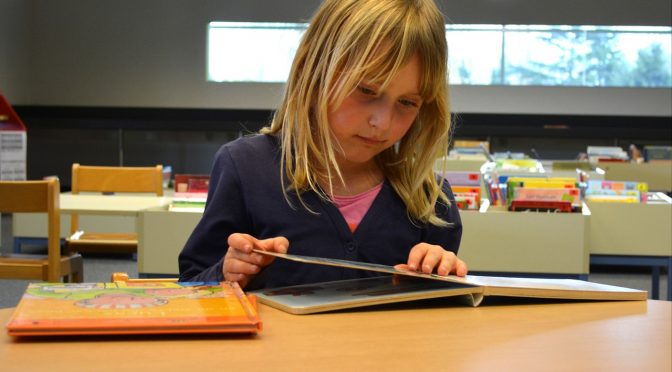Learning difficulties manifest in the form of problems related to learning such as difficulty in reading, listening, speaking, solving academic problems etc. Such problems make it difficult to take in new information and retain it. Learning difficulties are a common phenomenon yet many people don’t know important facts about them. Let’s take a look at some facts that throw light on important aspects of learning disabilities:
- They Have A Genetic Tendency: It is believed that learning difficulties usually run in families but can also result from factors such as too much screen time, a poor diet and in some cases childhood vaccinations.
- There Is No Medical Treatment Or Medication For Treating Learning Difficulties: Medication can be helpful but cannot cure a learning difficulty completely. When used in conjunction with other therapies, it proves to be more effective in improving focus and attention. Assistive technology, instructional interventions and accommodations can be helpful for kids with learning difficulties.
- Cognitive Training Helps, Tutoring Does Not: Cognitive training is a better way to tackle learning difficulties as compared to tutoring. Tutoring is great as a means of catching up with what is done in class but cognitive training strengthens weak cognitive skills with the help of challenging and fun mental exercises.
- Learning Difficulty Is Different From Intellectual Disability: Even smart kids can have learning difficulties. These difficulties have nothing to do with a child’s intellectual capabilities. A child can be creative, snappy and smart but still have problems at school. Thomas Edison and Albert Einstein are examples of intelligent people who had learning difficulties like Dyslexia and ADHD respectively.
- The Symptoms Differ In Boys And Girls: Boys with learning difficulties tend to be more hyperactive and impulsive whereas girls show signs of being inattentive and disorganized. Boys are more likely to be autistic as compared to girls.
- Dyslexia And Weak Cognitive Skills Are Inter-Linked: Dyslexic kids have trouble with words and reading. This manifests as having trouble with fluent reading, pronunciation etc. It is believed that such difficulties in dyslexic kids are caused by weak cognitive skills the main ones being weak phonemic awareness.
- Difficulty In Math Is Not Inherited: Children with difficulties in math do not inherit this from their parents. Weak cognitive skills are to blame. These kids have weak visual processing and memory skills. They can be helped by strengthening their core cognitive skills.
We, at See-N-Read Reading Tools offer a variety of tools to improve your child’s memory skills. For more information, call at (630) 236 – 5592.









